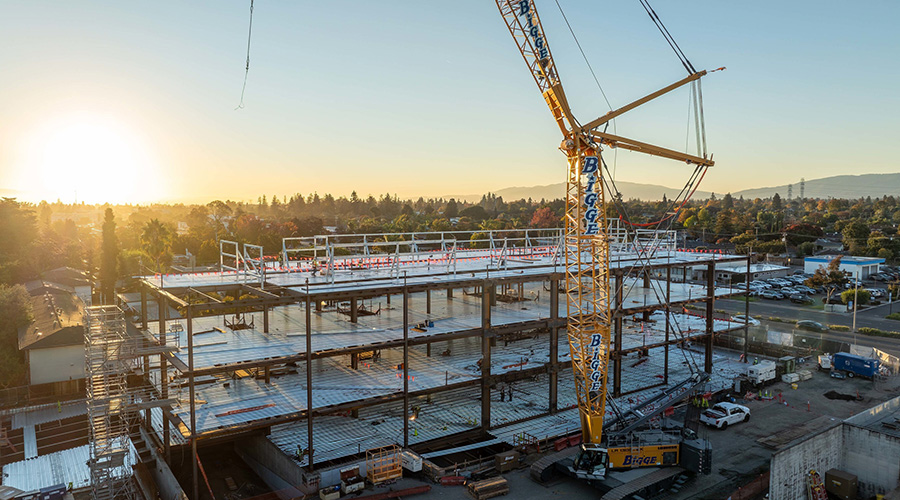In recent years, rural healthcare facilities have had to consistently combat rising costs in order to continue serving communities that have limited access to care. Policymakers, stakeholders and communities would need to work together to stabilize rural hospitals and improve healthcare in rural areas, the American Hospital Association (AHA) concluded in 2019.
Then came the COVID-19 pandemic in 2020, which struck rural communities and rural hospitals particularly hard. A record number of these facilities closed that year, but federal funding programs significantly buoyed others in 2021. Today, the rate of hospital closures is ticking upward again. Roughly 30 percent of rural U.S. hospitals are at risk of closure due to financial instability.
As the AHA noted, a number of groups must work together to improve funding for rural hospitals, but individual facilities and systems can explore internal operations to cut costs and reallocate those funds elsewhere.
Analysis
Taking a close look at any healthcare facility is likely to uncover opportunities to streamline and pare down operations to reduce future costs, enhance efficiency and promote long-term success.
From energy management to compliance, healthcare facilities can implement cost-effective measures through consolidation, standardization and optimization. The first step in the process is understanding the current state of facility operations and examining opportunities for improvement.
Data analytics can play an impactful role in evaluating the current condition of facilities, setting achievable goals and measuring progress. A data-driven operations model provides evidence to make better decisions and more accurate predictions to avoid costly mistakes, while also pinpointing issues and opportunities to avoid redundancies.
Prevention
Healthcare facility compliance looks markedly different than it did in 2019. From pandemic-era pressurization to life safety code updates, facilities must stay on top of compliance reviews to prevent blind spots from forming. Managers who attempt to cut short-term costs by postponing hard-to-see facility improvements generally multiply costs in the long run. This practice also puts the organization’s compliance, patient safety and experience at risk.
Normalizing costs and keeping them consistent from year to year is essential. If deferred maintenance gets to the critical point of repair, it runs the risk of being so costly it could be considered a capital expense. By contrast, strong evidence exists proving that routine preventive maintenance yields dramatic savings in the long run and extends the life of equipment and other facility components.
Engagement
“Recruitment and retention of health professionals has long been a persistent challenge for rural providers,” according to the 2022 AHA report. This situation is true for clinical care workers and other positions throughout a facility, such as operations and environment of care teams. The price tag of hiring and training new employees typically outpaces the cost of retaining employees.
By investing in internal teams, healthcare organizations can reduce turnover and increase productivity, leading to long-term cost containment. Robust training and support should be as available to skilled trade workers as it is to clinical staff. Successful skilled trade teams are crucial to a health system’s success because they can increase operational efficiencies through their daily work.
Ongoing training, including formal education, job shadowing, cross-training and certifications, can help employees grow and add value to the health system. Funding these associates’ development ensures future leaders are equipped with the necessary training, mentoring and skills needed to lead a successful team.
It is no secret that rising costs are hitting hospitals at an alarming rate, and rural healthcare systems are undoubtedly feeling the overwhelming financial pinch. These strategies are a sampling of various opportunities for these facilities to proactively examine as a means to reduce costs and prolong their longevity in the months and years to come.
Michael Burgett is vice president of operations for Medxcel, a facilities management organization focused on healthcare.

 How Can Healthcare Facilities Use Efficiency to Drive Climate and Health Goals?
How Can Healthcare Facilities Use Efficiency to Drive Climate and Health Goals? El Camino Health Rehabilitation Hospital Officially Tops Out
El Camino Health Rehabilitation Hospital Officially Tops Out Vibra Hospital of Sacramento Reports Data Breach
Vibra Hospital of Sacramento Reports Data Breach EV Charging Station Design: Ensuring Patient Access
EV Charging Station Design: Ensuring Patient Access Sanford Health and Prairie Lakes Healthcare System Merge
Sanford Health and Prairie Lakes Healthcare System Merge